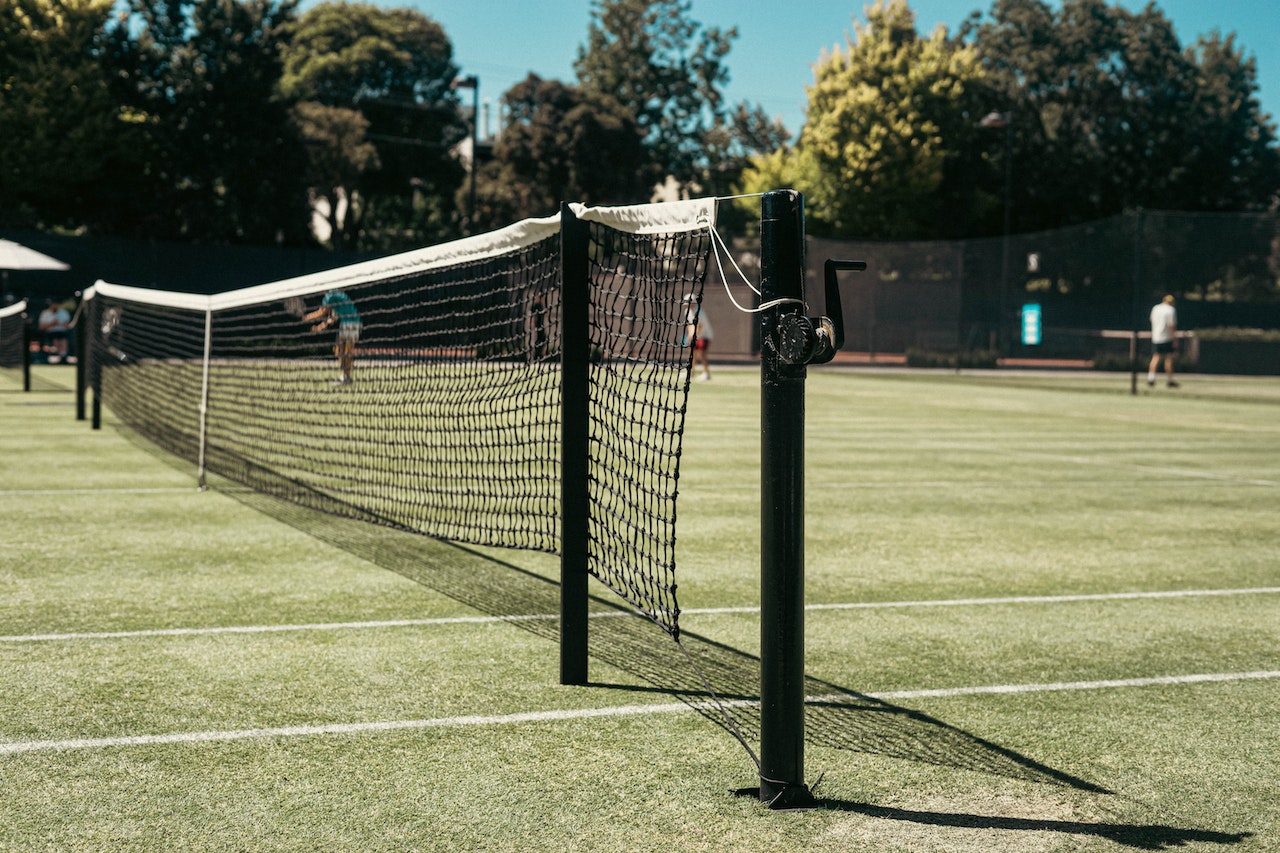Tennis has become one of the biggest wagering sports in the world, with millions of dollars wagered every day. Thanks to the all-year-round tennis calendar and the sport’s compelling stories of personal rivalries and individual skill, it is a sport that has a lot to offer.
But for those who wager regularly on tennis, it isn’t enough to know the game and the players. To be successful, you have to have an edge. That edge can take many forms, from knowing the best paysafecard betting sites for tennis to staying up to date on player injuries and fatigue.
Many wagering fans focus their efforts on the statistical side of tennis in order to find an advantage and there are plenty of stats to analyze in the modern game. Yet surprisingly, the idea of a home-court advantage does not receive much scrutiny.
Home Court Advantage
Home advantage is a factor that is accepted as significant in many sports. Perhaps the biggest example is in soccer. Teams playing at their own stadiums can have as much as a 15% increase in their chances of winning the game. Familiarity with conditions and travel play a small part, but the presence of a home crowd cheering the team on is a significant part of that advantage.
The home advantage varies from sport to sport. In the NFL, it is around 1.7 points, and in the NBA, it is usually in the range of 3 to 5 points. But while the home advantage is often considered in team sports, it is a far less scrutinised factor in the world of tennis.
Counterintuitive Stats
In an individual sport such as tennis, it is a lot harder to measure home advantage, as there are hundreds of players travelling all over the world, playing in different conditions. In a global sport like tennis, home-court advantage is generally assumed to be in play when a player is performing in their own country, against a player from another country.
One survey found that in fact, home players won only 41% of their matches against overseas players. But this counterintuitive stat can be explained by the fact that it is common in most tennis tournaments for wild card entries to be granted to home-based players, who might not otherwise qualify.
The Size of the Home Court Advantage
Adjusting for the presence of wild card home players with lower skill levels, it is possible, however, to establish a rough estimate of the home court advantage, and it is surprisingly high.
Based on a sample of over 250,000 matches on the ATP Tour between 2000 and 2022, it can be seen that home advantage is worth around 10%.
This means that if a non-wild card player is playing in their home nation against an overseas competitor, their chances of winning will increase by around 10% on average. This has significant implications as it means that tennis wagerers need to factor home-court advantage into their strategy far more than it appears that they do currently.
Qualifying the Home Court Advantage
This rough estimate, however, is unlikely to be definitive in establishing a clear edge for tennis wagerers. Statistics also show that the effect of home court advantage varies widely from player to player. Intuitively, this makes sense.
If you’ve watched enough tennis, you’ll know that some players raise their game when playing in front of a home crowd, while others can shrink under that weight of expectation. Equally, some players appear to enjoy playing away from home more than others.
So, what does this mean for the tennis wagerer? While the 10% home court advantage is a good place to start, to fully consider this factor, tennis wagerers therefore need to examine the records of individual players, to establish to what extent their game is affected by home advantage.
Conclusion
Understanding how home court advantage can affect the outcome of a tennis game can be a useful addition to a tennis wagering strategy. It is important to remember, however, that no wagering strategy can guarantee that you will make a profit. Most sports wagerers lose money and that is why you should never wager with money that you cannot afford to lose.















